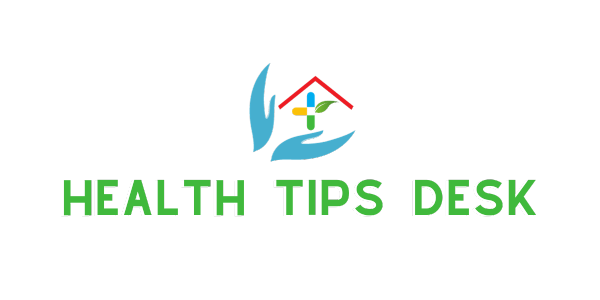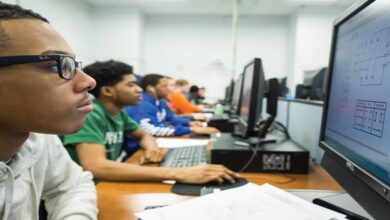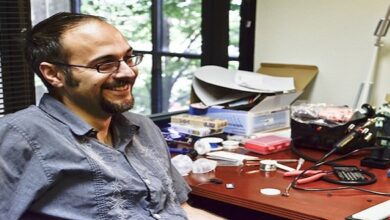
WORKING IS LEARNING
A Knowledge Society is developing in which Information and Communication Technology (ICT) is both a catalyst and a necessity. Knowledge is an invaluable asset in this ICT-integrated society where production, services, consumption and trade are rapidly changing. “Technological change and innovation drive the development of the knowledge-based economy through their effects on production methods, consumption patterns and the structure of economies.
Both are closely related in recent growth performance. Some changes in innovation processes could not have occurred without ICTs and conversely, some of the impact of ICTs might not have been felt in the absence of changes in the innovation system (OECD 2000).
LEARNING IS WORKING
Higher education should help students to become knowledge workers of tomorrow. In their future work key problems play a role
- Problem solving (delivering results in context), involving: a. Decision making b. Design and development
- Knowledge development
- Construction of meaning (learning)
Only knowledge that is closely connected to an apphcation context, can be transferred to other, comparable, situations and contexts, as literature on ‘situated cognition’, for example (Larkin 1989), shows. Also impact knowledge is stored in human memory in direct connection with contextual and situational information. And finally Ryan and Deci (2000; p. 76) conclude that “contexts supportive of autonomy, competence, and relatedness were found to foster greater initialization and integration than contexts that thwart satisfaction of these needs”.
IMPLICIT AND EXPLICIT LEARNING
In potential learning situations persons can react in three ways: not learning, implicit learning and explicit learning (Jarvis 1987). In implicit learning the activities are controlled by what Argyrols and Schon (1974) call the ‘theory-in-use\ Expect learning involves ‘espoused theory’, the activity theory of which we think that we bring it into practice. ‘Theories-in-use’ control our behavior and are mostly implicit (tacit).
FIRST LOOP, SECOND LOOP AND THIRD LOOP LEARNING
First loop learning is associated with ‘Reflection’ as defined above, which is the ‘reflection in action’ of Schon (1983). Reflection in action is based on the actor’s own observations and stimulates primarily implicit learning. When the ‘theory-in-use’ is supported by own observations there is a situation of non-learning. If there is a discrepancy we have a situation of single loop learning.
THE ROLE OF REFLECTION IN PROBLEM SOLVING
In the problem solving process reflection is a tool for quart improvement. However, reflection also brings problem solving and laming together. The ‘reflective practitioner’ will, for example, use validation, i.e. ‘reflection in social interaction’, in and at the end of the project development phase to ensure that the problem is worthwhile solving, that the problem solving method and the cost of the process are acceptable. And at the end of the project development phase the ‘reflective professional’ will review, via ‘critical reflection’ and ‘critical self-reflection \ that the problem solution process and the eventual solution will meet accepted professional standards, that team members know what their professional roles are and are capable to fulfil these roles, etc. Also the process of competence development, with its resulting level of competence will be reviewed, just as the process of knowledge development.
LEARNING TO SOLVE PROBLEMS
According to Mulder (1997) complexity of a leaking task may be characterized in four dimensions: the expertise of the actor, the complexity of the task at hand, the level of support and the extremely importance of the results. It is “common wisdom” in education that expertise has to be built up by going from the less to the more complex, from a high level of support to lower levels, and from simple, educational tasks to more complex, real-he tasks. However, recent research shows that this approach undercuts. Motivation and transfer. It is important to let students work in authentic situations with authentic problems as soon as possible. The addressed problems should be in the zone of nearest development of the students.





